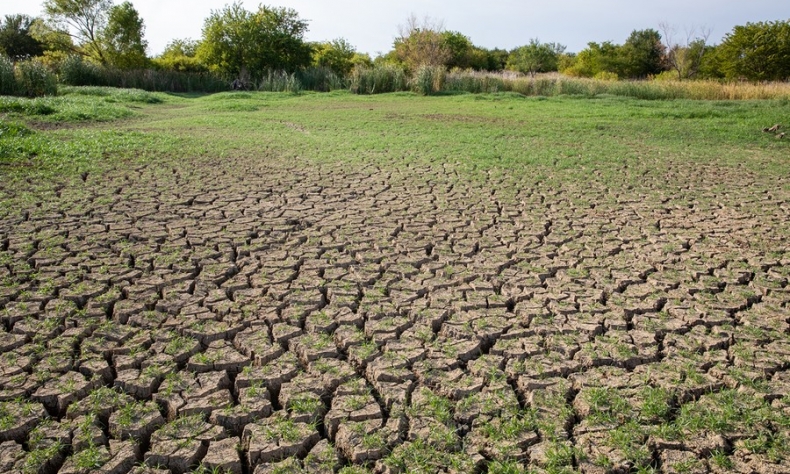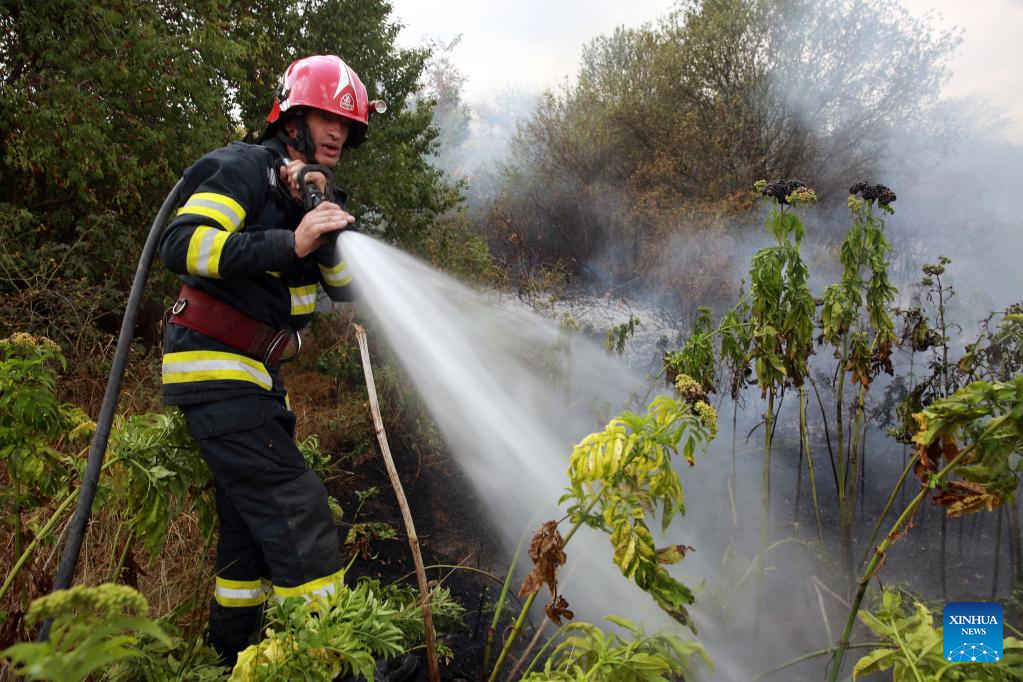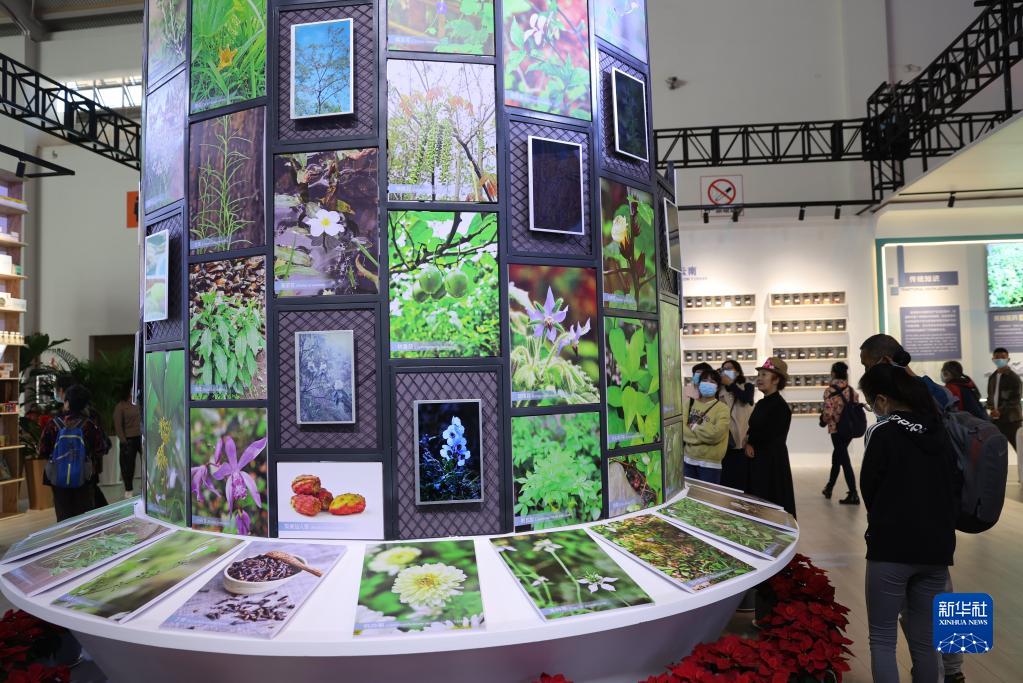Saving the Planet Together

To strike a balance between a greener planet and energy security could be a tall order. When leaders work together, optimism is generated.
The ongoing summer is demonstrating to the international community the practical consequences of climate change. Heatwaves hitting parts of China, for example, have led meteorological services to issue danger alerts. A similar situation is being monitored in Europe. According to a World Health Organization (WHO) statement on July 22, heatwaves caused more than 1,700 deaths in Spain and Portugal alone. Other countries such as Germany, France, Italy, Switzerland and the UK have also suffered.
The problem respects no borders. The United States is experiencing extremely high temperatures. This also is the case with Kuwait, Iran, Iraq, Tunisia and others. Wildfires frequently erupt and expand under extreme heat conditions. An assessment of the Copernicus Emergency Management Service shows that France—as of July 24—was facing a severe forest fire situation in the southern mainland and Corsica. In Greece and Slovenia, firefighters were in a titanic battle to save citizens and green landscapes.
Droughts constitute another serious ramification. A few weeks ago, a drought emergency was declared in north Italy. Experts link this water crisis to the particularly dry and warm winter.

International cooperation is the only way to address climate change. In November 2021, the UN Climate Change Conference in Glasgow (COP26) bore some fruits as it led to the Glasgow Climate Pact. Among other things, world leaders not only reaffirmed the Paris Agreement goal of limiting the increase in the global average temperature to well below 2 degrees Celsius above pre-industrial levels, but also to pursue efforts to limit it to 1.5 degrees Celsius.
China and the EU are playing a central role. Scholars calculate that they together account for approximately one third of global greenhouse gas emissions. Being key actors in addressing climate change, they are institutionalizing their collaboration. The April 2022 summit, which was held via teleconference due to the continuation of the COVID-19 pandemic, discussed the state of bilateral relations and areas of shared interest such as climate change. Leaders agreed to continue cooperation.
As a matter of fact, a special high-level dialogue on environment and climate has already convened three times since its launch in 2020. The last round was organized remotely on July 8. The official statement read that China would stand ready to work with the EU to further strengthen the policy coordination, enhance synergies on technology and innovation and focus on green and low-carbon transformation, and environmental protection. Vice President of the European Commission, Frans Timmermans, who represented the EU in the July dialogue, tweeted that there were many opportunities for the two sides to join forces, including on carbon markets, hydrogen, the reduction of methane emissions and biodiversity loss.

Biodiversity, in particular, is a theme of particular significance in China. In October 2021, Kunming hosted the first part of the UN Biodiversity Conference (COP15). The Chinese Government announced then the creation of a special fund worth $232 million to help developing countries contribute to biodiversity conservation. The second part of the conference will be hosted by Montreal, Canada, in December this year.
Dialogue always helps. These days, for instance, China is celebrating the first anniversary of its carbon emission trading market operation. The European expertise in creating and making such a scheme functional has been useful for China.
On the whole, China and the EU have set their own targets in reducing emissions. The former has announced its ambitious plan to become carbon free before 2060, after reaching a peak before 2030, whereas the latter is aiming at reducing 55 percent of emissions—compared to 1990 levels—by 2030 and at achieving carbon neutrality by 2050. President of the European Commission Ursula von der Leyen has characterized China’s goal as “encouraging” in her 2021 state of the union address.
High energy prices, however, already increasing months before the outbreak of the Russia-Ukraine conflict, are posing serious dilemmas for several leaders. To strike a balance between a greener planet and energy security could be a tall order. When leaders work together, optimism is generated.
The author is EU-China Program director at the Centre International de Formation Européenne.
 Facebook
Facebook
 Twitter
Twitter
 Linkedin
Linkedin
 Google +
Google +










